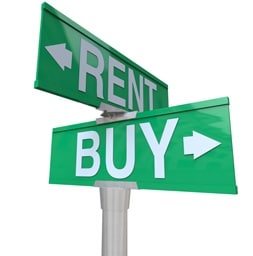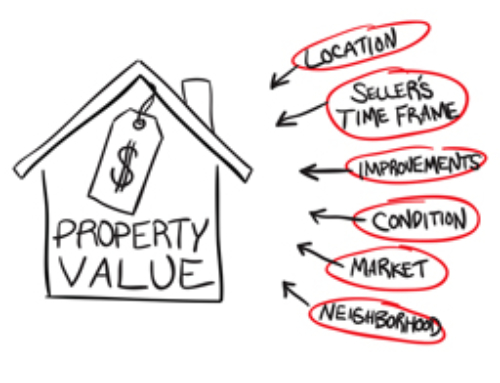 As a real estate investor, you have the choice between either buying and holding your properties or turning around and selling them.
As a real estate investor, you have the choice between either buying and holding your properties or turning around and selling them.
If you’re going to buy and hold, it’s important to attract quality tenants who will care for your home as if it were truly their own. And finding great tenants means understanding the business of real estate investing and getting to know your individual investment properties and potential tenants.
For the last 20 years, I’ve been using the “lease option” as my primary marketing strategy. A lease option gives tenants the opportunity to buy the home in the future, once they can secure a reasonable loan.
Simplifying the buying process, a prospective homeowner needs just two things: cash (for the down payment and closing costs) and credit to get a good loan. We teach a version of the lease option whereby an investor offers the tenant a minimum three-year lease, and in addition the investor applies 10 percent of the rent towards the tenant’s cash needs upon purchase. Therefore, the lease option gives tenants time to fix their credit, and—simply by paying their rent—an ability to accumulate much or all of the cash needed to purchase.
One of the realities of life in the United States is that no matter how bad the economy is, a family wants to live in a good neighborhood with good, safe schools and be a reasonable distance to employment and entertainment. Lease options give families the opportunity to lay down roots and the opportunity to buy in the future, even when they don’t have all the funds generally needed to settle in their neighborhood of choice.
For investors, a lease option helps to avoid discounting rents. Investors taking advantage of this strategy might also garner a higher-quality tenant—possibly even one who will put money into the property and who may sign a non-traditional lease of three or four years (or longer). In my experience, about 25 percent to 33 percent of these tenants turn into buyers—buyers who purchase the property with no real estate commission and no negotiation. When this occurs, the investor can turn the profit from the sale into two or three more homes to lease option.
I look at the lease option as a win/win for both landlord and tenant. The investor gets a long-term rental and the tenant gets an opportunity, which they might otherwise not have had, to purchase a home. How many other strategies can investors boast of that result in both huge profits and moving thank you letters from former tenants-turned-homeowners?
 Andy Heller is the author of two best selling real estate books, including “Buy Low, Rent Smart, Sell High” which was recommended by Fortune Magazine. Andy has been investing in residential real estate for over 20 years, and travels the country teaching others how to get started in real estate investing. Most recently Andy co-founded www.RealtyJoin.com, the social networking site for the entire real estate industry. Andy can be reached on RealtyJoin, and encourages all to ask questions and friend him on RealtyJoin.
Andy Heller is the author of two best selling real estate books, including “Buy Low, Rent Smart, Sell High” which was recommended by Fortune Magazine. Andy has been investing in residential real estate for over 20 years, and travels the country teaching others how to get started in real estate investing. Most recently Andy co-founded www.RealtyJoin.com, the social networking site for the entire real estate industry. Andy can be reached on RealtyJoin, and encourages all to ask questions and friend him on RealtyJoin.
READ MORE:
Help Is on the Horizon for Unemployed Homeowners
Housing Price Predictions: When Will Prices Rise?
The Cube Project: What Would You Give Up To Live In A Tiny House?
Now is the Time of the Real Estate Investor
Pet-Friendly Housing Steering the Real Estate Market






